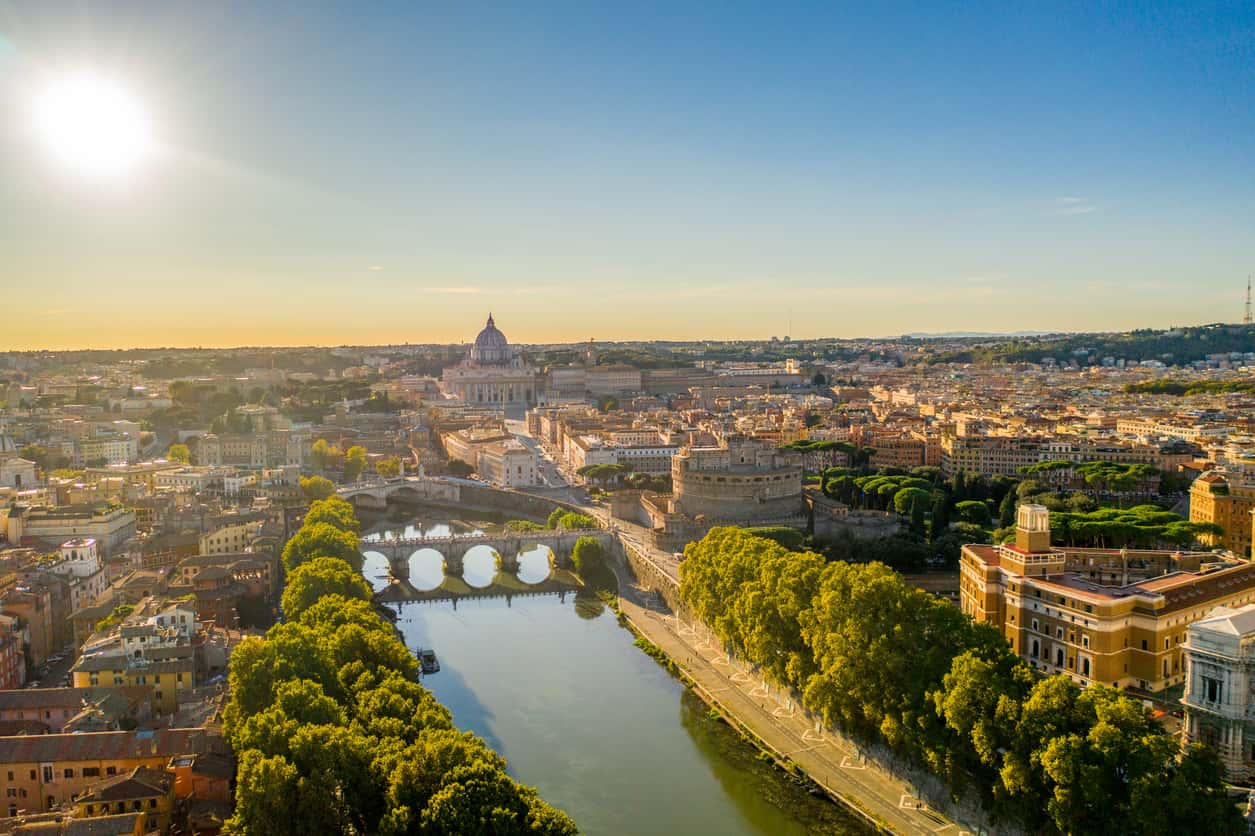
Tiber River
History of the Tiber River
The Tiber River has been an essential part of Rome's history since its very beginning. According to legend, it was on the banks of the Tiber that the twin brothers Romulus and Remus were found by a she-wolf, an event that led to the founding of Rome in 753 B.C.
Throughout the centuries, the Tiber has played a significant role in Rome's expansion and prosperity. It served as a critical trade and transportation route during the Roman Empire, connecting the city to the Mediterranean Sea. Many historical events, such as the Sack of Rome in 410 A.D., also unfolded along its banks.
The Tiber's significance transcends the history of Rome. It has been a witness to some of the most monumental events in the history of Western civilization, from the rise of Christianity to the Renaissance. Its waters hold stories of power and politics, art and religion, war and peace.
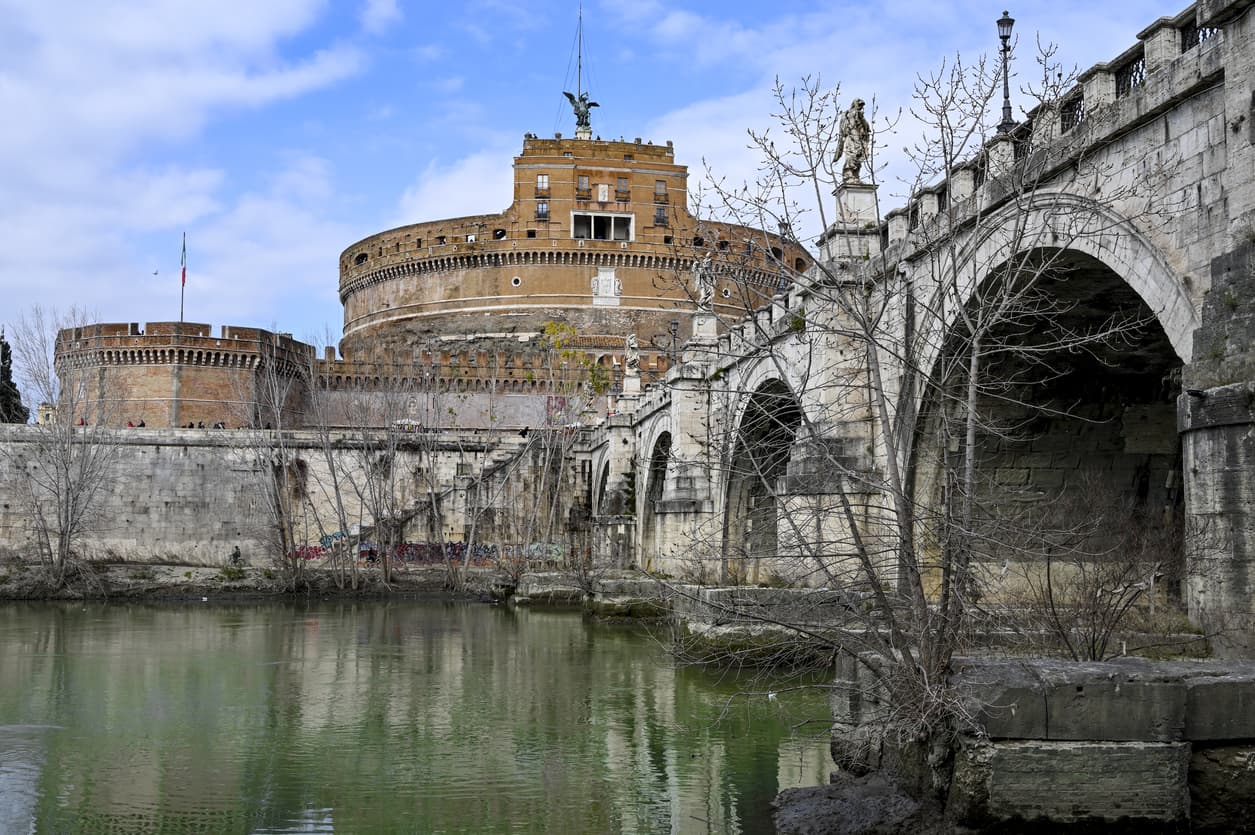
Geographical Features of the Tiber River
The Tiber River originates from the Apennine Mountains in Emilia-Romagna, and flows for about 406 kilometers before meeting the Tyrrhenian Sea at Ostia. It is the third longest river in Italy, after the Po and the Adige.
The river's course takes it through some of Italy's most picturesque landscapes. It meanders through rolling hills, verdant plains, and bustling cities, presenting a diverse range of geographical features. The Tiber's upper course is marked by steep valleys and gorges, while its middle and lower courses are characterized by wide floodplains.
The Tiber Island, located in the southern bend of the river in Rome, is one of its most famous geographical features. This boat-shaped island has a rich history and is home to the Basilica of St. Bartholomew, a hospital, and a bridge dating back to ancient Rome.
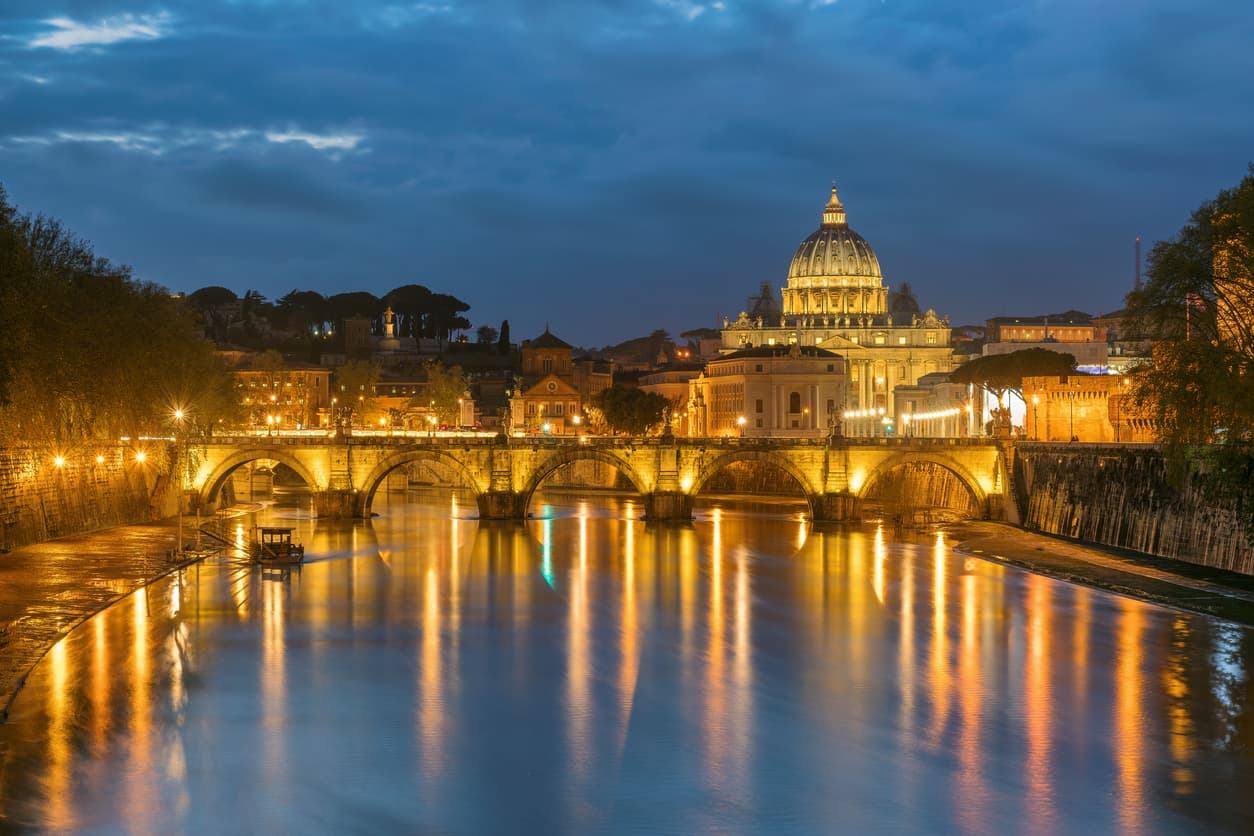
Cities and Attractions along the Tiber River
The Tiber River flows through several cities and towns, each offering unique attractions. The most prominent among them is Rome, the capital city of Italy. The Roman Forum, the Colosseum, the Pantheon, the Vatican City - all these iconic landmarks are located near the Tiber.
The river also flows through the city of Terni, known for its Roman amphitheater and the Basilica of San Valentino. Orte, another town on the Tiber, is famous for its medieval architecture and underground tunnels.
One cannot talk about the Tiber without mentioning its bridges. From the ancient Pons Fabricius to the modern Ponte della Musica, these bridges not only facilitate transportation but also add to the river's scenic beauty.
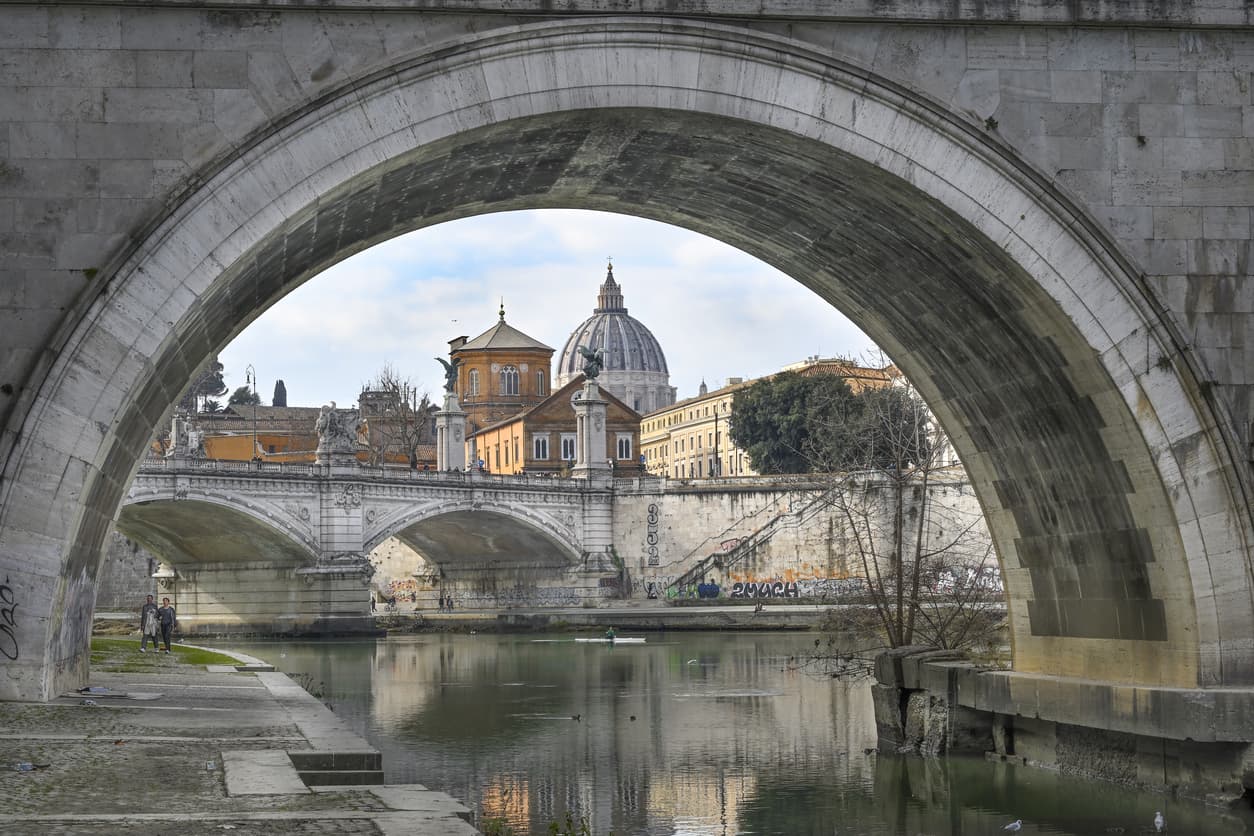
Cultural Significance of the Tiber River
The Tiber River has been a muse for poets, artists, and philosophers throughout the centuries. Its imagery is deeply ingrained in Roman mythology, literature, and popular culture. From Virgil's Aeneid to Dante's Divine Comedy, the Tiber has been a recurring symbol in Italian literature.
The river has also shaped the religious landscape of Rome. The Vatican City, the heart of the Catholic Church, is situated on the Tiber's right bank. Every year, thousands of pilgrims cross the Tiber to reach St. Peter's Basilica.
Moreover, the Tiber has influenced the architectural development of Rome. The riverfront is adorned with magnificent structures, such as Castel Sant'Angelo and Palazzo Farnese, showcasing the architectural brilliance of different eras.
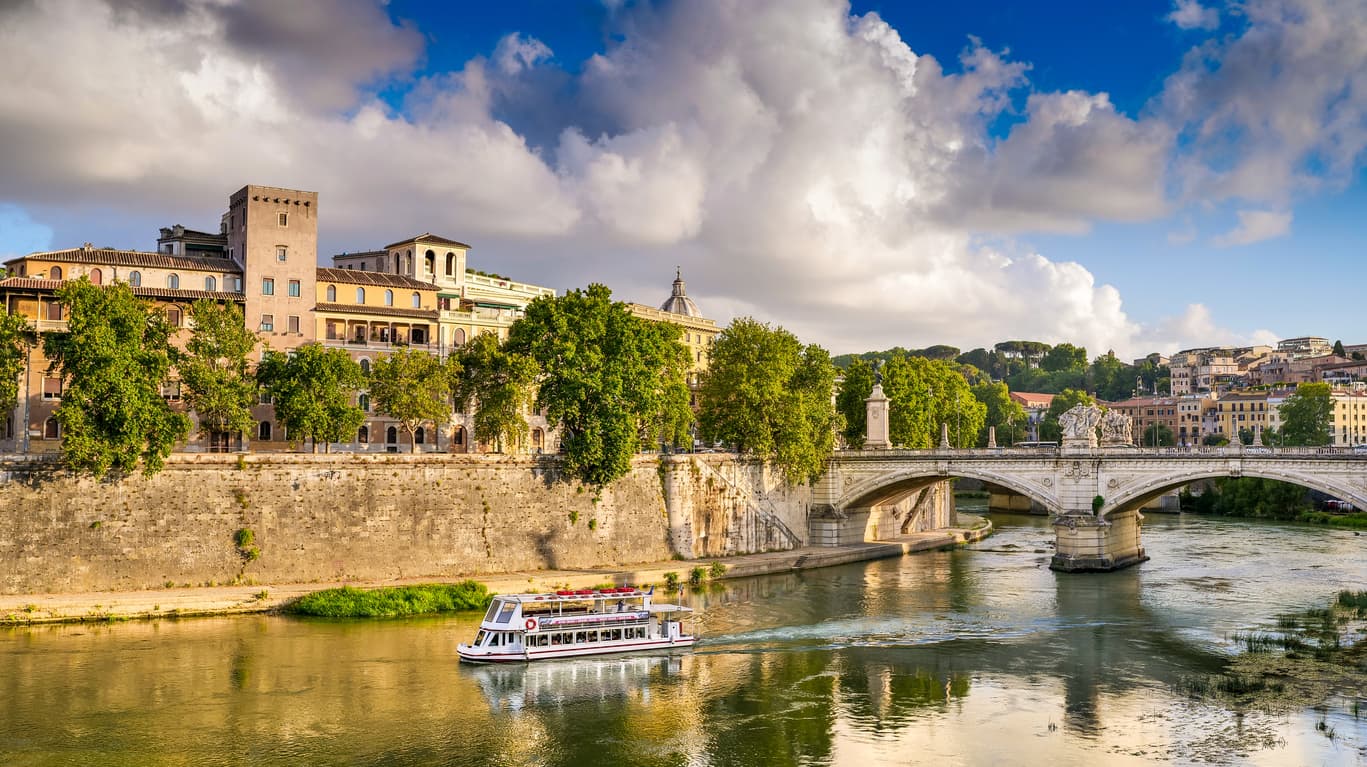
Flora and Fauna of the Tiber River
Despite being in the heart of a bustling city, the Tiber River hosts a surprising variety of flora and fauna. The river's banks are adorned with poplar, willow, and plane trees, offering a lush green corridor in the middle of Rome.
The Tiber is also home to a diverse array of animal species. It supports a rich aquatic ecosystem, with fishes like barbel, chub, and eel. The river's banks are frequented by various bird species, including herons, ducks, and gulls. Even otters, once thought to have disappeared from the Tiber, have been spotted in recent years.
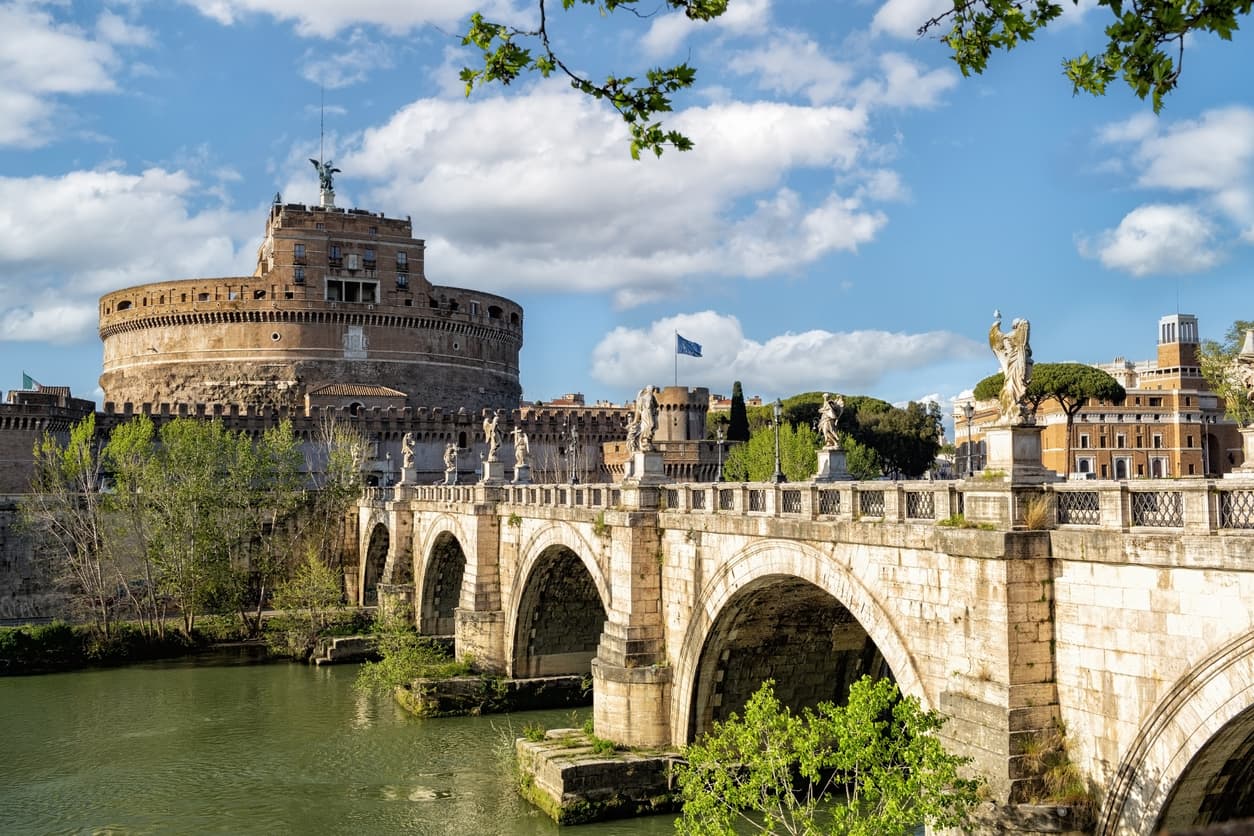
Activities and Tours on the Tiber River
The Tiber River offers a plethora of activities for locals and tourists alike. One can take a leisurely stroll along the river banks, enjoy a picnic in one of the riverfront parks, or engage in sports like rowing and cycling.
River cruises are a popular way to explore the Tiber. These cruises offer a unique perspective of Rome, allowing you to admire its landmarks from the water. Some cruises also include dining options, providing a romantic setting for a dinner date.
Guided tours are another great way to learn about the Tiber's history and ecology. These tours are led by knowledgeable guides who share fascinating stories and facts about the river.
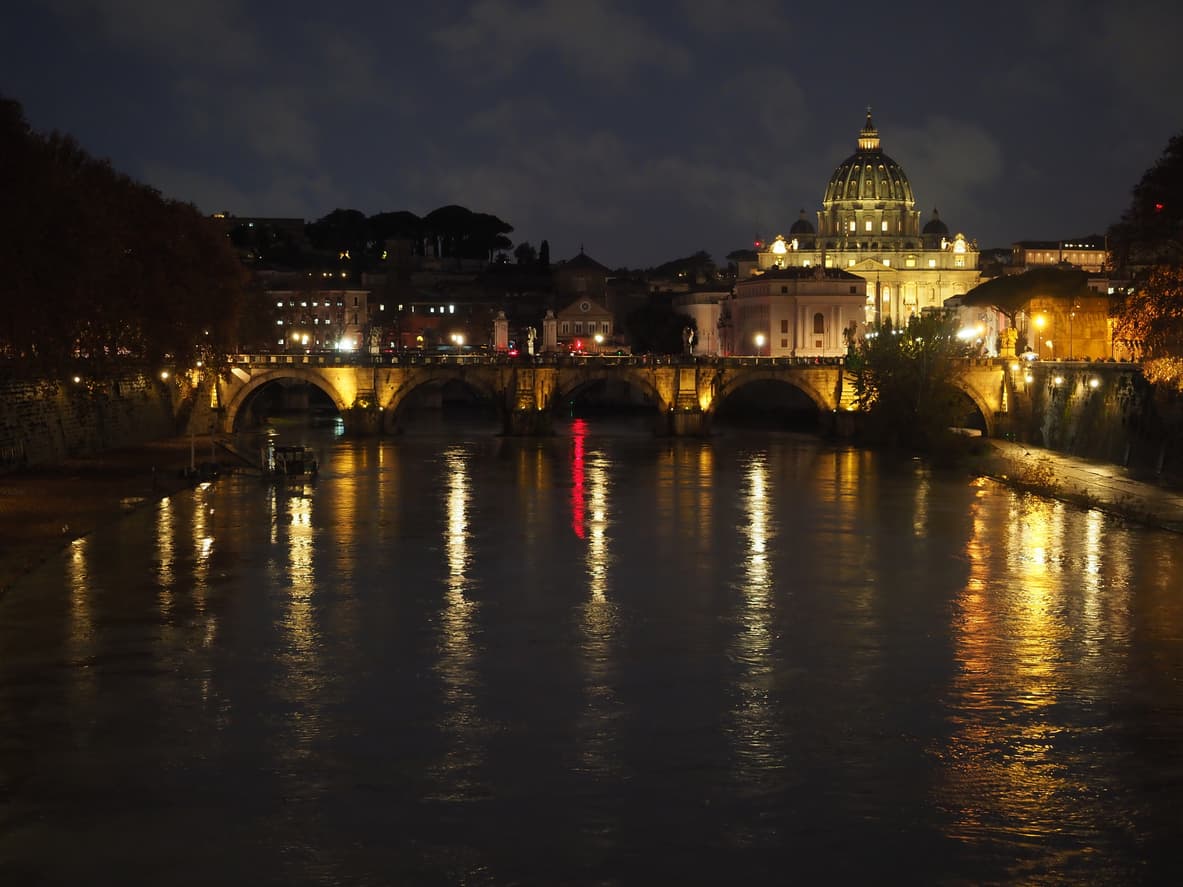
Famous Events and Festivals of the Tiber River
The Tiber River is the stage for several events and festivals throughout the year. One of the most famous is the Festa de Noantri, a traditional festival held in the Trastevere district. During this festival, a statue of the Virgin Mary is carried in a procession down the river.
The Rome Marathon also takes runners along the Tiber, providing a scenic backdrop for this challenging race. The river is also the venue for the annual Rome Boat Race, a thrilling rowing competition between universities.
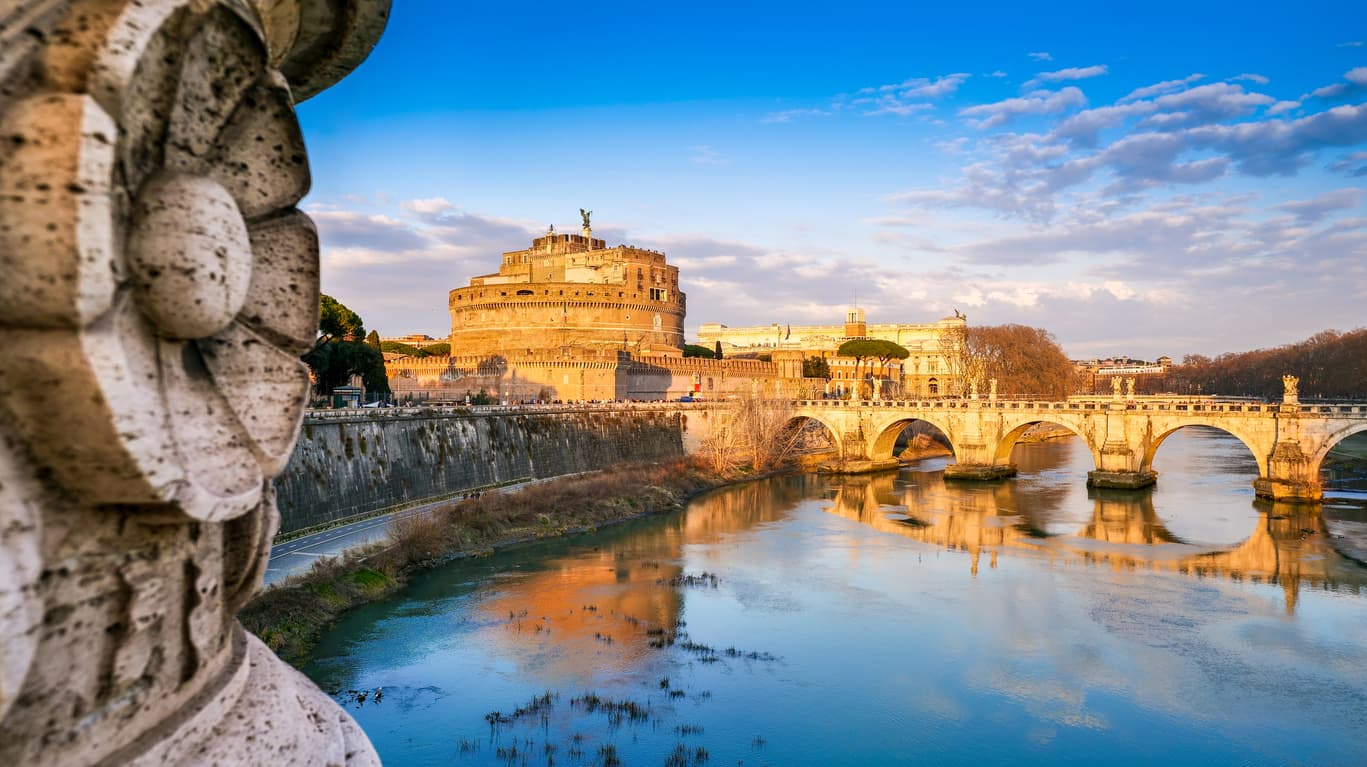
Related Tours

4 Days
You could spend an eternity exploring the enchanting Italian capitals of Venice, Florence, and Rom.

3 Days
Discover the Best of Italy, from the ancient treasures of Rome to Renaissance Florence and everything in between
How Excellent is Italy Trip Packages?
Italy Trip Packages is proud to be the best travel agency in Italy, according to our many positive reviews.
Frequently asked questions


